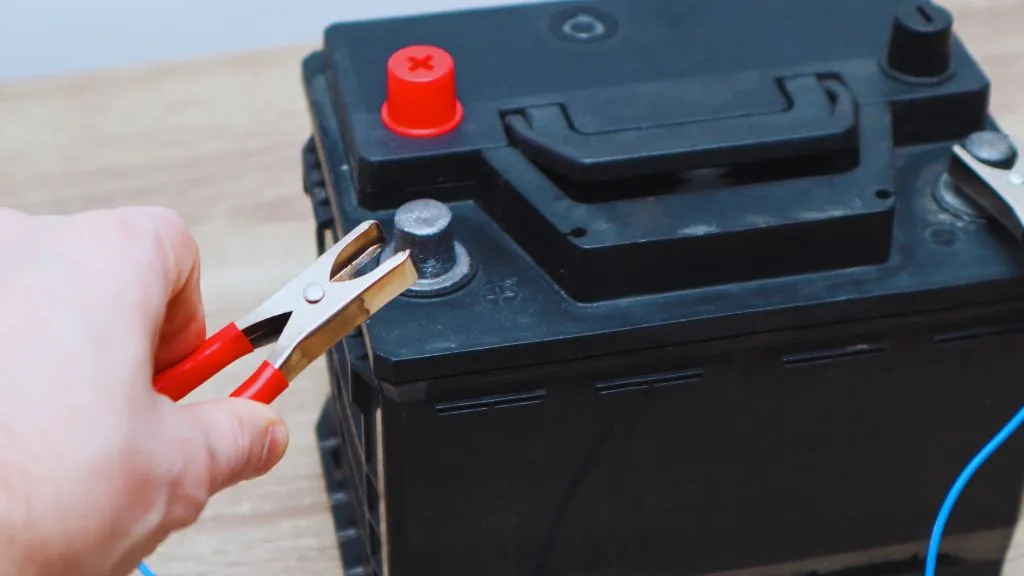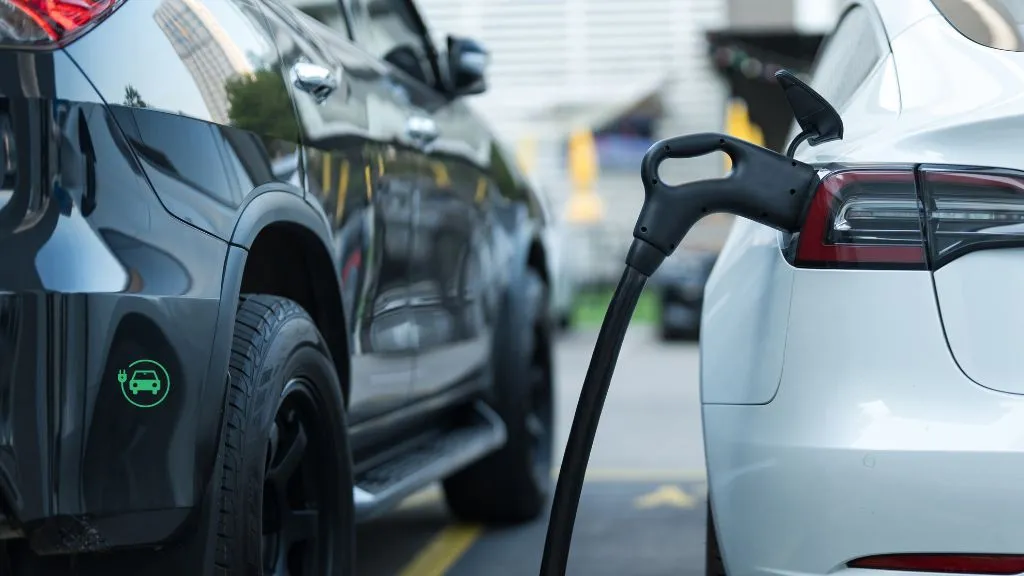12V Battery Voltage Chart: Understanding the Basics
The 12V battery is a standard choice for powering various devices and systems. This article will explore the intricacies of 12V batteries, including their voltage ranges, applications, and maintenance tips.
Understanding 12V Batteries
12V batteries are ubiquitous in various applications, from vehicles to solar power systems. They come in several types, each with unique features and uses:
Types of 12V Batteries
- Lead-Acid Batteries:
- Flooded Lead-Acid (FLA): Common in automotive applications, these are cost-effective but require regular maintenance.
- Absorbent Glass Mat (AGM): Known for better performance and lower maintenance compared to FLA, often used in high-performance vehicles and backup power systems.
- Gel Cell: Ideal for deep-cycle applications, these are spill-proof and require no maintenance.
- Lithium-Ion Batteries:
- LiFePO4 (Lithium Iron Phosphate): Offers high efficiency, long cycle life, and lightweight, making them perfect for solar power storage and electric vehicles.
- Lithium Cobalt Oxide (LiCoO2): Used in portable electronics, these have high energy density but are less stable than LiFePO4.

Voltage Characteristics of 12V Batteries
- Fully Charged: A fully charged 12V battery typically reads between 12.6 and 12.8 volts.
- Nominal Voltage: The nominal voltage, or the average voltage during discharge, is around 12 volts.
- Discharge Voltage: As the battery discharges, the voltage decreases, with 11.8 volts indicating a low state of charge and below 11.8 volts indicating a critically low level.
Battery Capacity of 12V Batteries
- Capacity Rating: Measured in ampere-hours (Ah), indicating the current a battery can provide over a specified period. For instance, a 100Ah battery can deliver 10 amps for 10 hours.
- Depth of Discharge (DoD): Refers to the percentage of battery capacity used. For example, a battery discharged to 50% DoD means half its capacity has been used.
12V Battery Voltage Chart
| Battery Type | Voltage (V) | Charge Level |
|---|---|---|
| Fully Charged | 12.6 – 12.8 | 100% |
| 75% Charged | 12.4 | 75% |
| 50% Charged | 12.0 | 50% |
| 25% Charged | 11.8 | 25% |
| Discharged | ≤ 11.8 | 0% |
Applications of 12V Batteries
12V batteries are versatile and used across various sectors due to their reliability and efficiency. Here’s a detailed look at their applications:
Automotive
- Starting Engines: The primary application in vehicles is to provide the necessary power to start internal combustion engines.
- Powering Electronics: Supplying power to car electronics such as radios, navigation systems, and onboard computers.
- Lighting: Running vehicle lights, including headlights, tail lights, and interior lights.
Marine
- Trolling Motors: Providing propulsion for small boats and fishing vessels.
- Navigation Systems: Powering GPS units, fish finders, and other essential navigation equipment.
- Onboard Electronics: Running lights, communication devices, and other electronic systems onboard boats.
Recreational Vehicles (RVs) and Camping
- Powering Appliances: Running refrigerators, microwaves, and other essential appliances.
- Lighting: Providing illumination inside and outside the RV or campsite.
- Entertainment Systems: Powering televisions, radios, and other entertainment devices.
Solar Power Systems
- Energy Storage: Storing energy collected from solar panels for use during non-sunny periods or nighttime.
- Off-Grid Living: Providing reliable power in remote locations without access to the electrical grid.
- Emergency Backup: Serving as a backup power source during power outages or emergencies.
Industrial and Commercial
- Uninterruptible Power Supplies (UPS): Providing backup power to critical systems like servers and communication equipment during outages.
- Telecommunications: Powering base stations, repeater towers, and other communication infrastructure.
- Medical Equipment: Ensuring continuous operation of essential medical devices and equipment during power failures.
Hobbyist and DIY Projects
- Electric Vehicles (EVs): Powering custom-built electric vehicles and bicycles.
- Home Automation: Running home automation systems and smart devices.
- Portable Power: Providing power for portable electronic projects and gadgets.

Charge vs. Voltage
The relationship between charge and voltage in a battery is fundamental to understanding its performance and health.
Voltage
- Definition: Voltage is the potential difference between the battery terminals.
- Measurement: Measured in volts (V), it indicates the electrical potential to drive current through a circuit.
- Significance: Provides a quick indication of the battery’s charge state. Higher voltage means a higher state of charge.
Charge
- Definition: Charge refers to the amount of electric energy stored in the battery, usually measured in ampere-hours (Ah).
- Measurement: Indicates the battery’s capacity to deliver a certain amount of current over a specific period.
- Significance: Reflects the actual usable energy stored in the battery.
Maintenance Tips of 12V Batteries
Proper maintenance of 12V batteries can significantly extend their lifespan and ensure reliable performance. Here are some key maintenance tips:
Regular Charging
- Keep Charged: Regularly charge the battery to prevent it from staying in a low charge state, which can cause sulfation in lead-acid batteries.
- Avoid Overcharging: Use a smart charger that stops charging when the battery is full to prevent overcharging, which can damage the battery.
Avoid Deep Discharges
- Limit Discharge Depth: Avoid discharging the battery below 50% of its capacity. Deep discharges can reduce the lifespan of most battery types, especially lead-acid batteries.
Clean Terminals
- Prevent Corrosion: Keep the battery terminals clean and free from corrosion. Clean terminals with a mixture of baking soda and water and apply a light coat of petroleum jelly to prevent future corrosion.
- Check Connections: Ensure all connections are tight and secure to maintain good electrical contact.
Proper Storage
- Cool and Dry: Store batteries in a cool, dry place to prevent deterioration. High temperatures can accelerate the self-discharge rate and damage the battery.
- Fully Charged: Store the battery fully charged, especially if it will not be used for an extended period. Periodically check and recharge if necessary.
Regular Inspections
- Visual Check: Regularly inspect the battery for any signs of damage, swelling, or leaks. Replace the battery if any issues are found.
- Voltage Check: Use a multimeter to check the voltage regularly. A fully charged 12V battery should read between 12.6 and 12.8 volts.
Water Levels (For Flooded Lead-Acid Batteries)
- Check Levels: Regularly check the electrolyte levels and top up with distilled water if necessary. Avoid overfilling.
- Proper Ventilation: Ensure the battery is well-ventilated during charging to prevent the buildup of explosive gases.
Use the Right Charger
- Compatibility: Use a charger that is compatible with your battery type. Different batteries (lead-acid, AGM, lithium-ion) require different charging profiles.
- Smart Chargers: Consider using smart chargers that adjust the charging rate and stop when the battery is fully charged.
What other electrical measurements can a multimeter perform besides voltage, and how are they useful in battery maintenance?
A multimeter is a versatile tool that can measure various electrical parameters besides voltage, including current (amperes) and resistance (ohms). These measurements are invaluable in battery maintenance:
- Current (Amperes): Measuring the current draw can help identify issues such as parasitic drains in automotive batteries, which can lead to unexpected discharges.
- Resistance (Ohms): Checking the resistance of battery connections and cables ensures no high-resistance connections can cause voltage drops and inefficiencies in power delivery.
Benefits of Using a Multimeter for These Measurements
- Current Measurement: By measuring the current, you can diagnose whether a device connected to the battery is drawing more power than it should, which could indicate a fault.
- Resistance Measurement: Ensuring low connection resistance prevents energy loss and overheating, enhancing the battery system’s efficiency and safety.
Conclusion
Maintaining 12V batteries effectively ensures they deliver reliable performance across various applications, from automotive and marine to solar power systems and recreational vehicles. Understanding the relationship between charge and voltage, selecting the right battery type, and following proper maintenance practices are crucial steps in prolonging battery life and optimizing their efficiency.
Regular charging, avoiding deep discharges, keeping terminals clean, and using appropriate chargers are essential for battery health. By implementing these tips, you can maximize the lifespan and reliability of their 12V batteries, making them a dependable power source for your needs.
